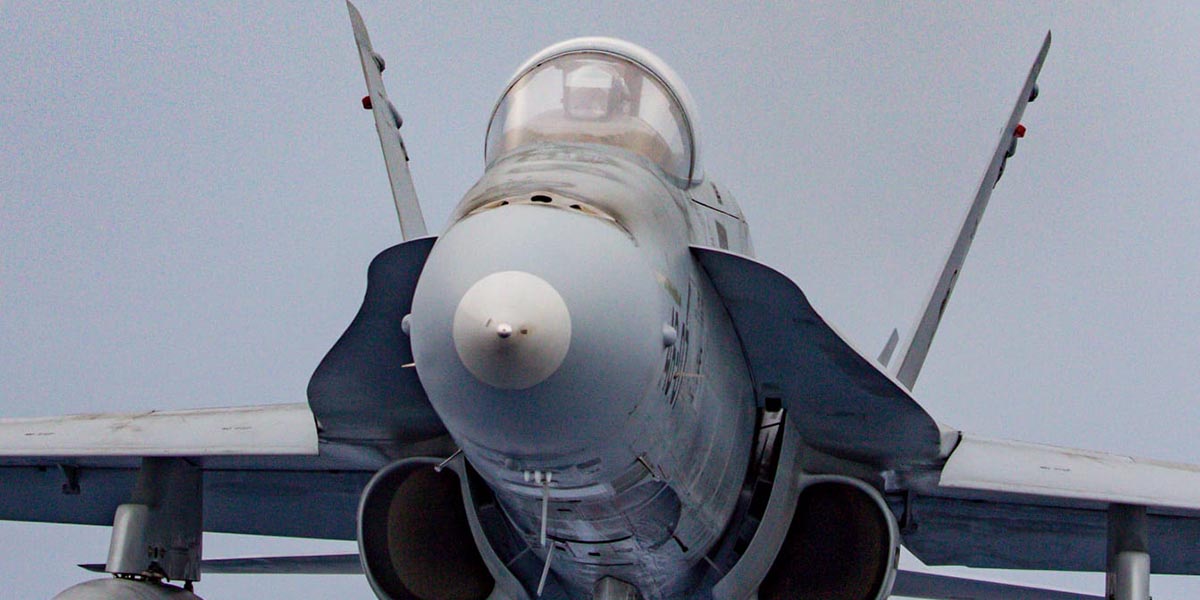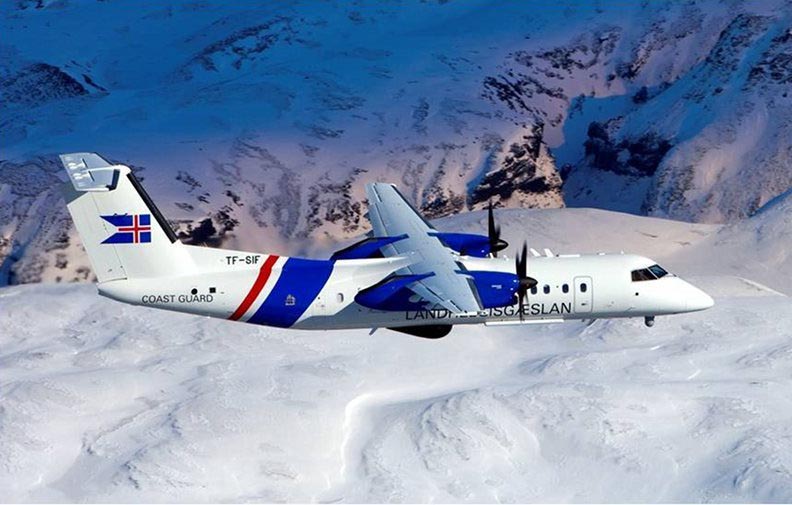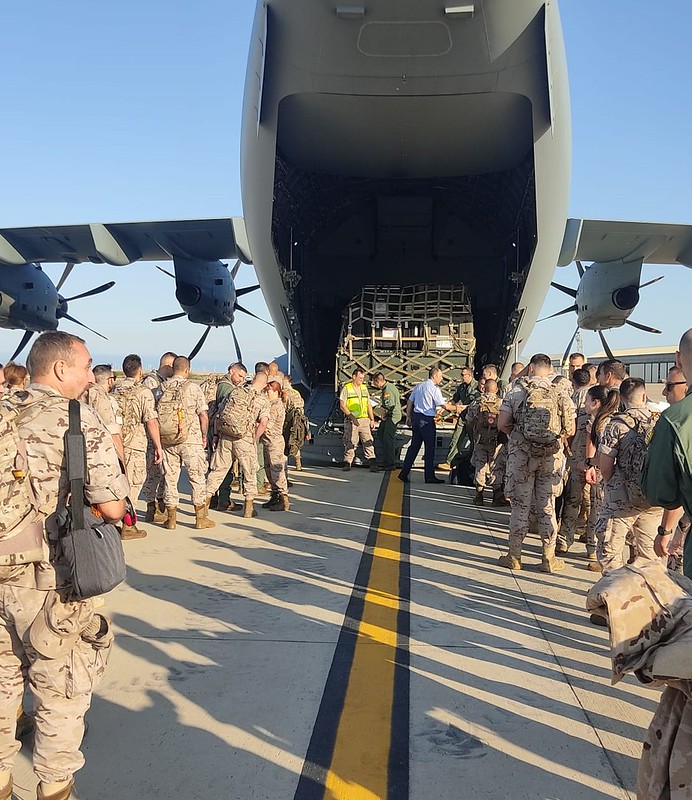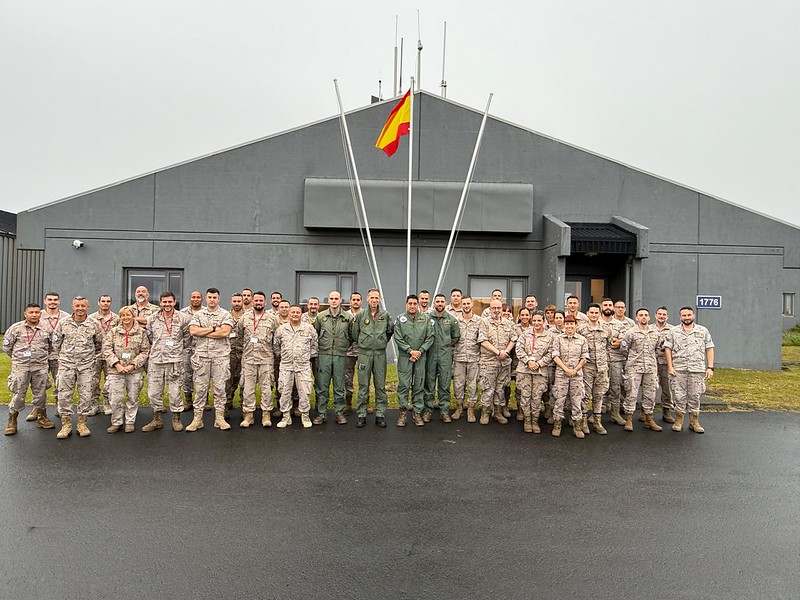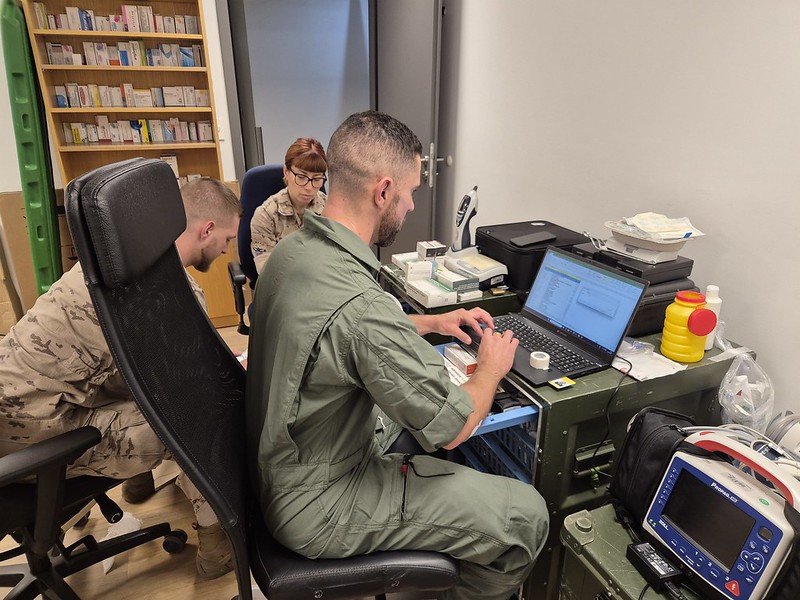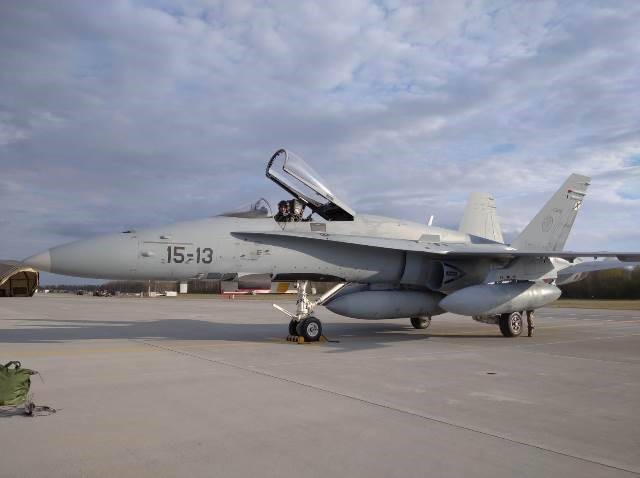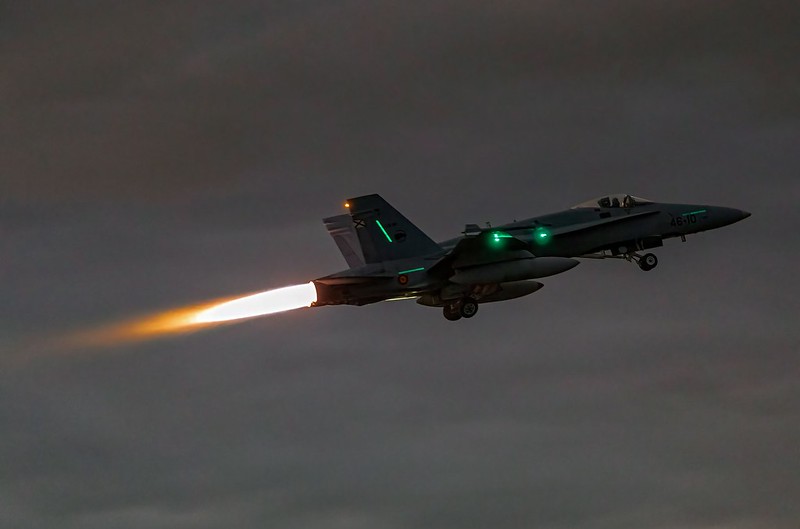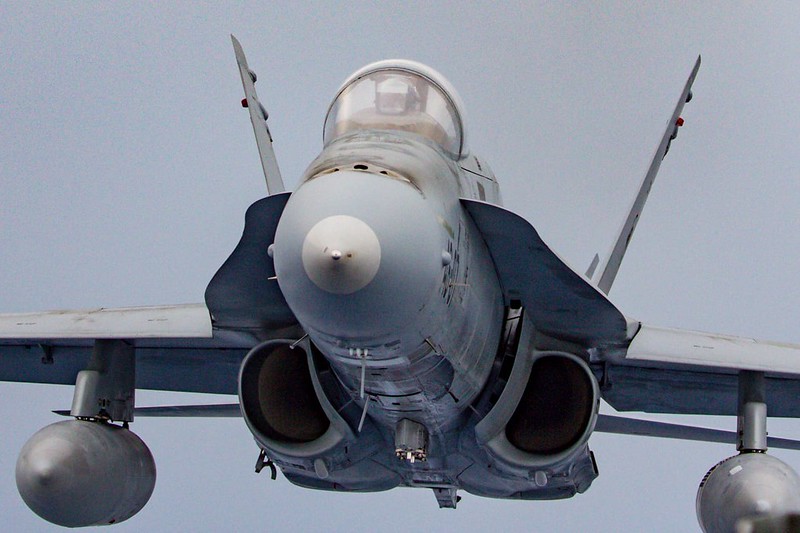The Spanish Air Force replaces the Czech Air Force in this mission
The Spanish Armed Forces have been present in many countries, but today they are opening a new chapter in their international presence.
The defense units of Iceland, the only NATO country without a standing army
The icy deployment of the Spanish EF-18 and A400M planes under the snow in Lithuania
Iceland, in the North Atlantic, is a country rarely visited by Spanish military personnel. Except for the Navy, with some of its ships making occasional stops there (the patrol boat “Arnomendi” in May 2014 and the frigate “Álvaro de Bazán” in July 2024, for example), the Spanish Armed Forces had never participated in a long deployment in Iceland. Until today.
As we saw here two years ago, Iceland is the only NATO country without a standing army. With a total population of less than 400,000, the country had a very small armed force between 1951 and 2006, largely staffed by US military personnel. That small force was disbanded when the White House decided to cancel its contribution, although it maintains a defense agreement with Iceland. Since then, the closest thing Iceland has to an army is its Coast Guard, a civilian force based in Keflavík, which has 200 personnel, two ocean patrol boats, a small patrol boat, a speedboat, three helicopters and a maritime surveillance aircraft.
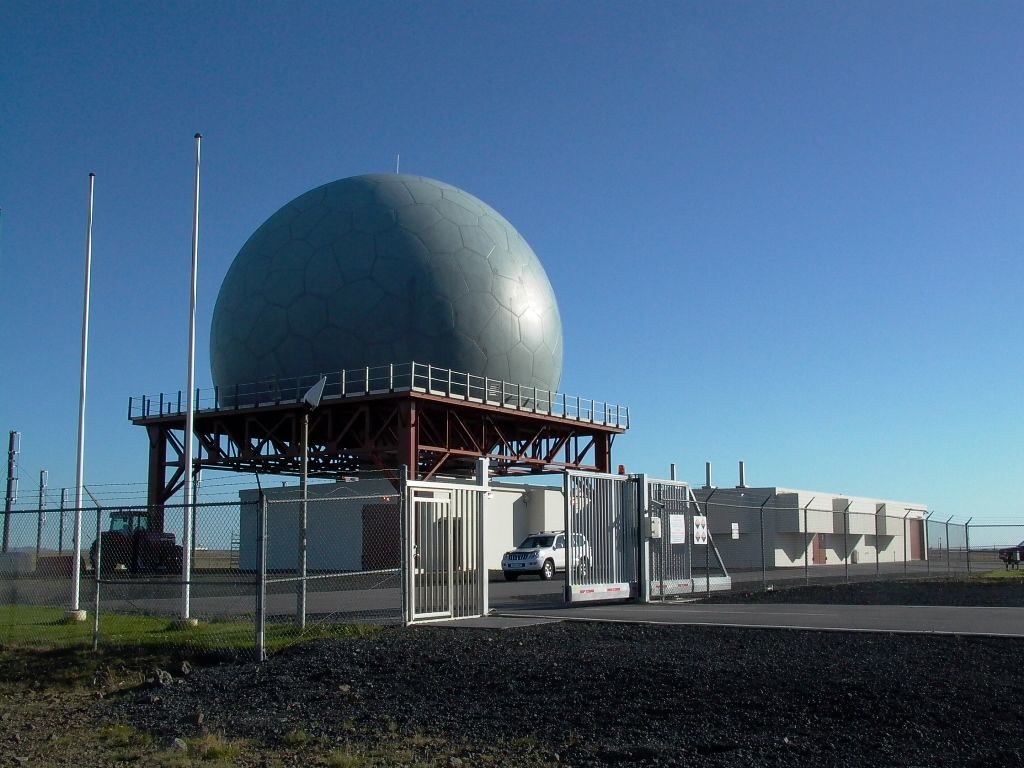
The Coast Guard is also responsible for managing the Icelandic Air Defense System, which consists of four radar stations: Miðnesheiði (H1), Gunnólfsvíkurfjall (H2), Stokksnes (H3), and Bolafjall (H4). Iceland does not have combat aircraft, so in 2008 NATO launched an operation, the Icelandic Air Policing (IAP) at that country’s request. It is a mission that the United States and Nordic countries usually undertake and in which Spain had never participated. It should be noted that this area of the North Atlantic is frequently visited by Russian military ships and aircraft.
The Defense Staff (EMAD) has announced this Monday the start of the deployment of the Stinga Detachment (Stinger, in Icelandic), made up of six EF-18M fighters belonging to the 15th Wing, based in Zaragoza. The advance party of this contingent, with 44 soldiers under the command of Lieutenant Colonel Rafael Ichaso Franco, has arrived at Keflavík Air Base, about 32 km west of Reykjavik, the capital of that country.
“It is a great honor to participate in any NATO mission, but, without a doubt, being the first Spanish unit to operate in Iceland is an extra. I would also like to point out that, although the bulk of it belongs to the 15th Wing, this operation is a joint effort of the Air Force, and all members of the detachment play an essential role in making the mission a success”, said Lieutenant Colonel Ichaso.
The first members of the Stinga Detachment have arrived in Keflavík aboard an A400M Atlas transport aircraft from the 31st Wing, based in Zaragoza. EMAD has indicated that the contingent will be completed in a few days, with up to 122 military personnel, including pilots, mechanics, weapons specialists, logistics, security, and other support services necessary to carry out this mission. The arrival of the EF-18Ms in Keflavík is scheduled for this Tuesday, July 22.
Unlike NATO’s Baltic Air Policing (BAP) operations in Estonia, Latvia, and Lithuania, which have four-month rotations, IAP missions are relatively short, lasting just one month. In this operation, the Spanish Stinga Detachment will relieve five JAS-39C Gripen fighters and 95 Czech Air Force personnel from the 211 Taktická Letka (211th Tactical Squadron), based in Čáslav. They have been in Keflavík since May 31.
Lieutenant Colonel Ichaso said: “Although the concept of this mission does not differ much from other similar Air Policing missions, such as those we can carry out in the Baltic countries or in Romania, we have had to make up for our lack of experience in this environment with many hours of training in the simulator to specifically train ourselves in the possible missions we can carry out here.”
The EMAD has stated: “The main mission of the DAT ‘Stinga’ is to monitor and intercept aircraft operating without a flight plan, without radio contact or with the transponder deactivated”, a common practice for Russian military aircraft near allied countries, “with the aim of guaranteeing the security of allied airspace. To achieve this, the Spanish detachment will remain on permanent 24/7 quick reaction alert (QRA). In addition, during this deployment, the scheduled training flights in the area will be very useful to maintain and improve the capabilities of the pilots and crews, as well as the operability of the F18 fighters.”
—
Photos: Estado Mayor de la Defensa.
